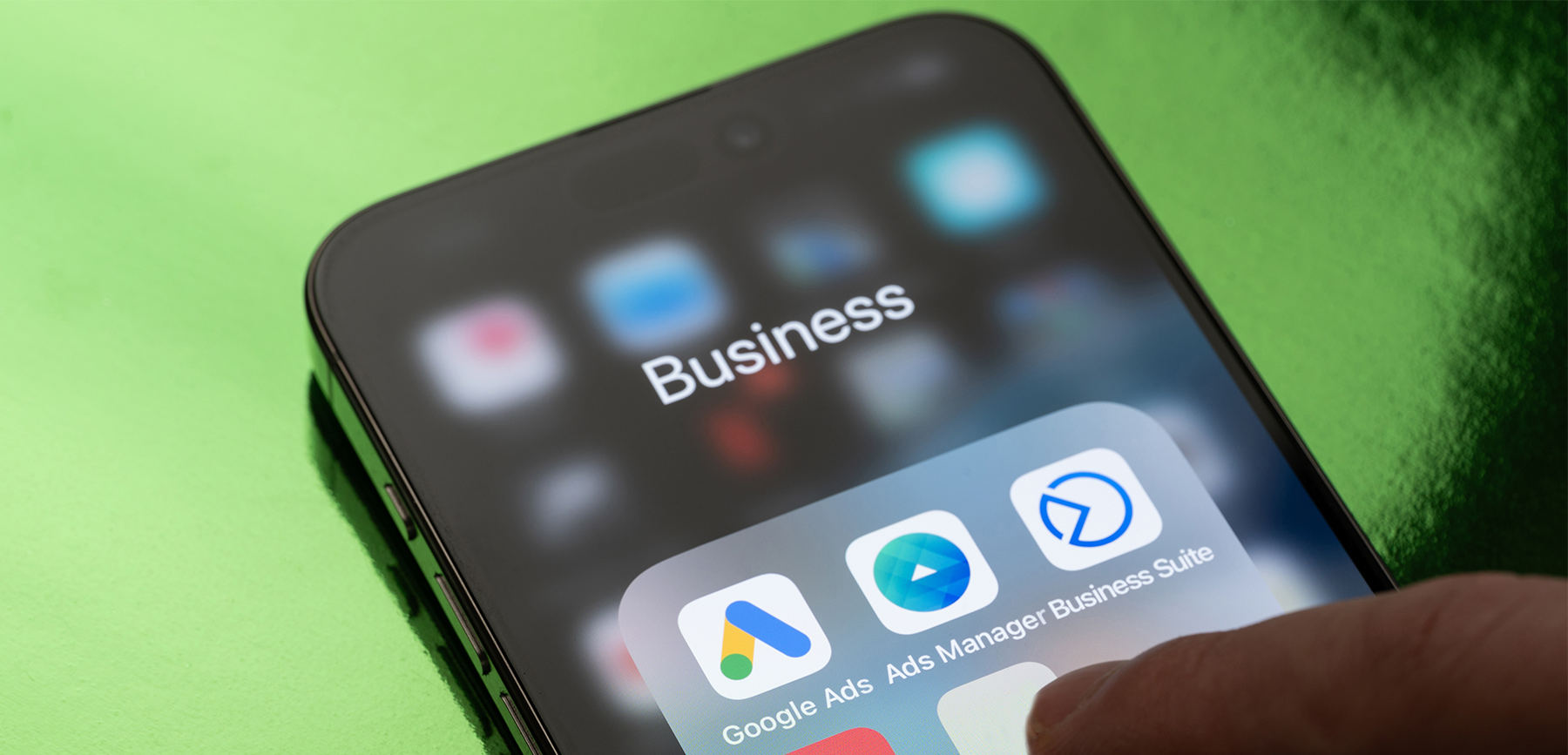
Finish the Year Strong: A Practical Guide for Local Businesses to Maximize Q4 Sales and Community Engagement | Q4 Marketing Guide for Local Businesses
The final three months of the calendar year are arguably the most critical for local businesses. This period is the last chance to hit annual goals and capitalize on holiday sales, which account for approximately 19% of total retail sales each year, according to the National Retail Federation.
For local businesses operating on tight budgets, maximizing Q4 opportunities is especially important. It can mean the difference between starting the new year on the right track with growth or falling behind and struggling to catch up.
That’s why we’ve created a marketing guide for local businesses to help plan for the end of the year. Understanding where to begin and which key details to prioritize can give you a competitive edge and ensure you finish the year on a strong note.
So let’s get into it, starting with an obvious first step: plan ahead.
Plan Ahead
As is true with any successful marketing campaign, planning well in advance ensures you’ve not only prepared content to roll out on a schedule, but that your marketing materials are well-thought-out and optimized for your goals.
Because Q4 hosts several widely-celebrated holidays, nearly every business will dive into the holiday spirit, meaning it’s that much more important to produce the best marketing plan possible to stand out from the competition. There are many ways that you can organize your strategy ahead of time that will produce positive results.
A great place to start is by evaluating your year-to-date performance and Q4 performance from the year before. Observe where you excelled and where you may have room for improvement, and apply this knowledge to your current strategy. We will discuss this more later in this article.
Next is to utilize an omnichannel approach. Research by McKinsey showed that over 50% of customers engage with 3-5 marketing channels before making a purchase or resolving a request. Showing up across multiple platforms is essential in the modern digital world, so make sure you appear on as many channels as possible, including search engines and social media platforms.
If you’ve already created profiles on Google, Facebook, and other similar platforms, review each to confirm all information is current and displays NAP information consistently. Having these profiles up-to-date in advance makes all future steps of your marketing strategy easier.
Lastly, creating a content calendar that’s shared between everyone involved with the marketing side of your business is a highly effective way to map out your plans for the end of the year. Include each important date in Q4, decide which will have content created specifically for it, and write a plan of action that includes content type, due dates, and marketing objectives. Keep in mind that nearly every marketing platform offers the feature to schedule in advance, so getting ahead and staying ahead should be more possible.
To help you get started, here are some key days in Q4:
- Halloween: A perfect opportunity to be creative, as there are many directions to go with content that relates to the holiday.
- Thanksgiving: A time to show appreciation for your customers, employees, and community.
- Black Friday: It’s essential to be prepared both in-store and online with exclusive deals and offers, as it’s one of the busiest shopping days of the year.
- Small Business Saturday: A time for your business to shine in the community and connect with your customers.
- Cyber Monday: Consumers are increasingly relying on online shopping around the holidays, so make sure your website is ready to handle the additional traffic.
- Christmas: The biggest gift-giving day of the year means your marketing efforts should be in full effect.
Audit Your Website
If you’re doing extensive online marketing work to lead users to your website, you should make sure it’s operating properly ahead of the busy season. Even a brief website failure or a broken link can lead to a significant loss of revenue, so reviewing it in advance is a must ahead of Q4.
There are a few aspects to audit on your website to guarantee a positive user experience:
Speed: There’s almost nothing more detrimental to the user experience and conversions than slow load times. Improving speed by even a fraction of a second can greatly improve conversion rates. According to Google, even a one-second delay in load time can decrease conversion rates by 20%.
It especially applies to mobile browsing, which tends to have slower load times than desktop browsers. Optimizing your website for speed not only improves the user experience but also helps your local SEO efforts.
Navigation: Once you’ve successfully guided a user to your website, they’ll expect to easily find what they came looking for. Conduct tests on the user journey through your site to ensure all links work and direct to the correct pages, and the layout of your site makes sense to the average user.
This is a great opportunity to ask friends and family to browse your site and collect their feedback. They’re likely to provide the time necessary to thoroughly review and offer suggestions that could help simplify the user experience.
Content: Whether you choose to use a blog, product page, or photo gallery, fresh and engaging content is vital to the effectiveness of any local business’s website. With so many holidays occurring in Q4, it should be relatively easy to produce original content that captures a user’s attention.
This content can range from business updates to special offers to seasonal or holiday-themed product listings. It doesn’t have to take great effort to benefit from relevant content.
Mobile-Friendly: Mobile usage has skyrocketed, making it essential to optimize your website for mobile. Many potential customers will first visit your website on their phone, so it’s important to make a good first impression with a well-designed interface.
Leverage Analytics and Data
Every successful marketing strategy begins by gathering data and analyzing it to make well-informed decisions. Leveraging this information leads to an improved understanding of consumer behavior, allowing you to tailor your marketing campaigns and maximize revenue.
It’s especially important in Q4, as many local businesses are either looking to set new sales records that will be the benchmark to pursue next year or feeling pressure to achieve goals that have yet to be reached in the calendar year.
Follow these four steps to ensure you have a comprehensive plan that allows you to maximize profits using information you already have:
1. Observe Past Performance
It’s helpful to analyze the first three quarters of the year, but the most impactful time frame to understand is the past year’s Q4 performance. Identify what worked well last year and what didn’t, while looking for trends and patterns in the data that can be leveraged in your marketing strategy.
Understanding past performance can help make the most of your budget by avoiding wasting crucial marketing dollars on tactics that have proven to be ineffective. It also helps push your strategies forward, as you can focus more of your efforts on what’s worked and continue to improve it, rather than modifying underperforming strategies.
2. Personalize the User Experience
Personalization is a part of nearly every national marketing campaign. Whether you’re scrolling social media or browsing the internet, you’ll notice advertisements that relate to your interests, demographics, and past purchases.
This same strategy can be applied by local businesses. Through targeted ads, personalized email content, and tailored website features, you can make every customer feel like they’re seen as an individual and will have an improved experience because of it.
3. Execute A/B Testing
Analyzing data won’t always provide the best solution or strategy on the first attempt. A/B testing helps bypass that issue by allowing you to try out several ideas, including digital display ads, email marketing content, and landing page designs.
Every business uses A/B testing, but it can be especially useful for local businesses, as it can go a long way toward maximizing your budget and finding the best strategy as fast as possible.
4. Utilize Real-Time Data
Instead of using the set-it-and-forget-it method, continuously monitor data so you can adjust strategies as new information arises. By keeping a close eye on changes to analytics, you can tweak your ad spend, update email campaigns, and optimize product offerings to make the most of your efforts.
This real-time analysis also applies to social media. Track which content is performing and adjust accordingly. Many platforms make this process easy, allowing you to adjust as frequently as daily.
Produce Seasonal Content
With all of the celebrations and events that come with this time of the year, it’s important to join in the festivities and produce content that connects with your community. The most obvious way to take advantage of the opportunities is to dive into the holiday spirit through every channel you can.
Social media posts should be designed to match the upcoming celebration or event and contain seasonally relevant offers and tips. Landing pages on your website should join in the festivities as well, even if it’s just a small change to your usual design. If you’re posting on a blog, make your life easier by producing content that addresses upcoming events and provides guides to the holiday season.
The seasonal content can even apply to your business listings. Your online profiles, such as your Google Business Profile, are often the first place potential customers find your business. Meeting them head-on with Google Posts that match your social media campaigns can set you apart from local competitors and attract last-minute holiday shoppers.
Embrace Customer, Employee, and Community Appreciation
The holidays are a perfect time to show how much you care for the people who’ve helped you in some form over the past year. Embrace the spirit of the holiday season by recognizing the customers, employees, and community members who made the past year a great one.
While your customers and community are where your revenue and brand recognition come from, you couldn’t run your business without your employees. Celebrate them with a staff appreciation event to get them on board and excited about the push to meet end-of-year goals.
Then, take it external and create events and promotions that target your customers and community. Whether it’s a small gift, discount, or additional service, you can capture the attention of your audience at a time of the year when consumer spending rises exponentially.
After all, community engagement is essential to the success of local businesses, so don’t skip this step. It can set you up as a staple in your area.
Tailor to your Industry
At the end of the day, you’re the expert in your industry. Use your knowledge and apply it to your marketing campaigns before the calendar year is over. Here are some tips for a few industries to help get you started.
Retail: Black Friday and Cyber Monday were created for the retail industry. Don’t let the opportunity pass by. Prepare marketing materials in advance, advertise exclusive deals, and ensure you have the necessary inventory to last the holiday season. If you utilize an omnichannel approach, this is the time to make full use of it.
Home Services: Q4 means colder temperatures and catching up on annual home maintenance. Take advantage of it by promoting winterization packages, heater tune-ups and other seasonally appropriate services. You can also get a head start on the new year by offering referral bonuses and loyalty programs.
E-Commerce: Beyond a website audit, mobile optimization, and A/B testing, e-commerce businesses are ideal for targeting last-minute holiday shoppers. Prioritize that audience by showcasing best-selling products and fast shipping to position your business as a go-to during the holiday season.
Non-profit: Increase donor engagement by emphasizing the importance of donations at this time of the year. Relay the sense of urgency that comes with the holiday season and host an event to give donors a specific date and time to plan their donation around.
Wrap Up Q4 with Best Version Media
If you’re looking to close out the year strong, let Best Version Media help. With bundled display ads and social media campaigns to maximize your budget and boost brand awareness, BVM can ensure your local business thrives.
BVM also offers listings, reviews, and reputation management that strengthen your online presence across several search engines, directories, and maps, which can all be managed from one easy-to-use dashboard.
Contact BVM today and close out Q4 on a high note.
FAQ: Q4 Marketing Guide for Local Businesses
When does Q4 start?
For most U.S. businesses following the standard calendar year, Q4 starts on October 1 and ends on December 31.





